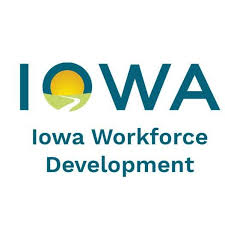Overall, the rural economy is in the dumps

The negatives outweighed the positives in a monthly survey of bank presidents and CEOs in a 10-state area that includes Iowa, according to the survey’s co-founder, Ernie Goss, the Jack A. MacAllister chair in regional economics at Creighton University’s Heider College of Business.
The Rural Mainstreet Index slumped below growth-neutral in May after five months of gains. The overall reading was 48.5, down from 50 in April. This is the first time since November of last year the index has fallen below growth-neutral, indicating negative growth for the month. The index ranges between 0 and 100, with 50 representing growth-neutral.
In Iowa, the index registered 46.5, down from 51.5 in April. The good news for the state was that the farmland price index climbed to 47.2 from 44.4 and the new hiring index improved to 53.1 from 50.3.
“The trade tensions and tariffs are hammering the farming economy. Grain farmers throughout the region continue to experience losses produced by trade issues and plentiful global supplies. On the other hand, the expanding U.S. domestic economy is supporting livestock producers in the region,” Goss said in a statement.
On average, bankers expect farm loan defaults to climb by 10.9%. This is more than double the estimated rate of growth just two years ago.
In reaction to higher default rates, almost two-thirds, or 61.8%, of bankers increased collateral requirements, and more 41.2% rejected a higher percentage of farm loan applications.
The farmland and ranch land price index in the region dropped to 41.2 from 45.2 while an index of farm equipment sales increased to 31.3 from 27.4, marking the 69th straight month that the reading has fallen below growth-neutral.
Hiring remained strong, climbing to 61.8 from 59.4. Despite weak farm commodity prices and farm income, rural main street businesses continue to hire at a solid pace. Over the past 12 months, the rural main street economy added jobs at a 0.2% pace, compared with a higher 0.4% for urban areas of the same 10 states.
The confidence index among bank leaders plummeted to 38.2 from 50










